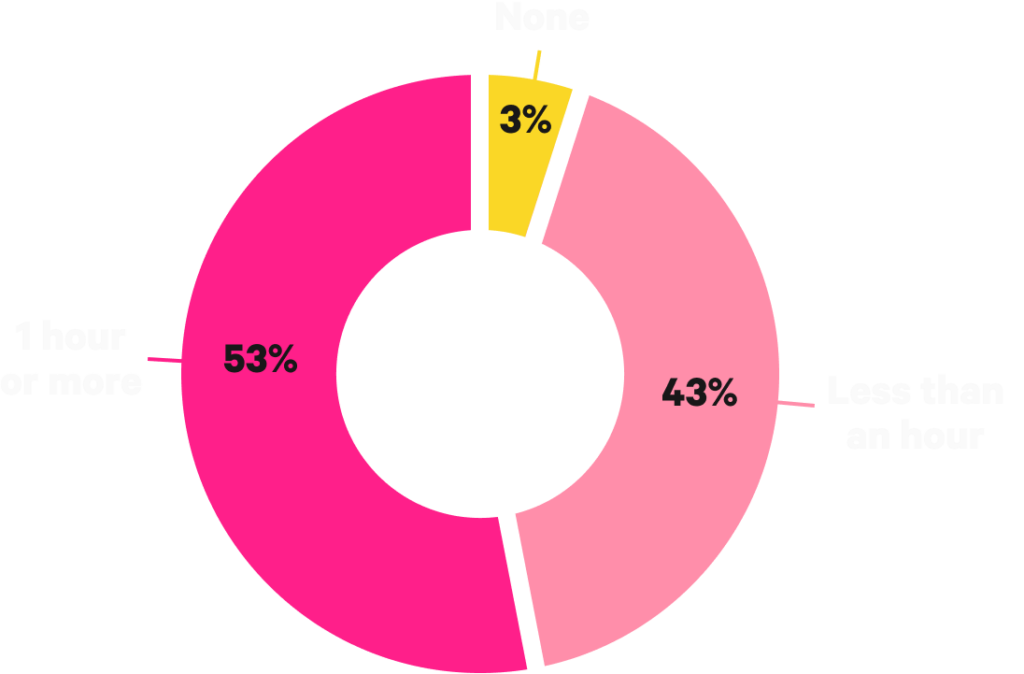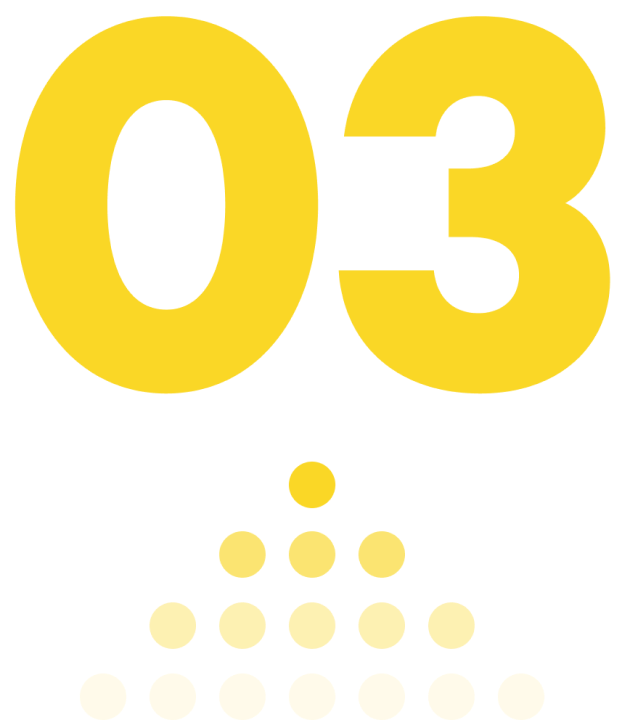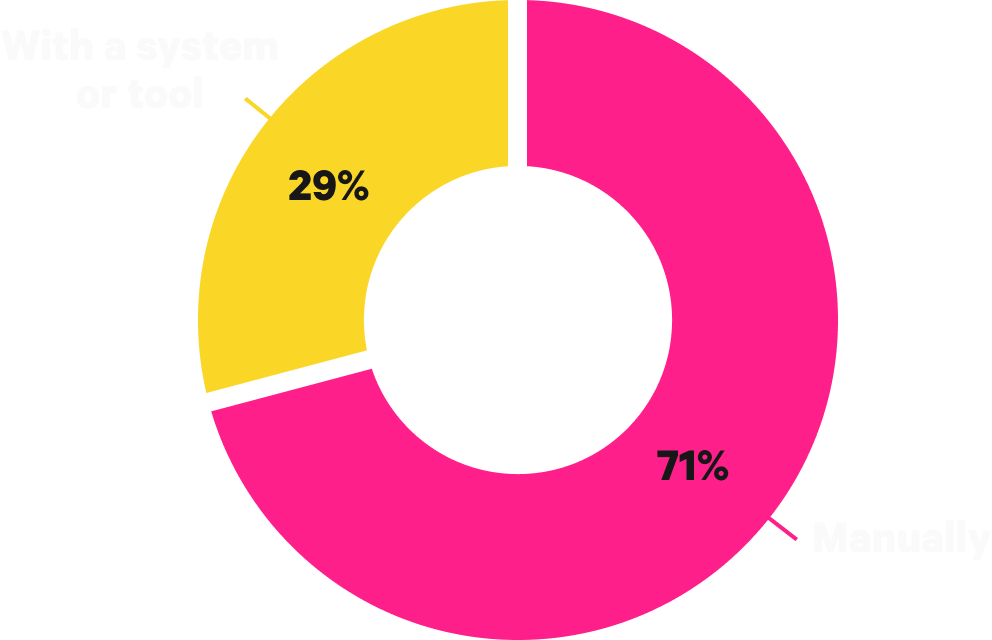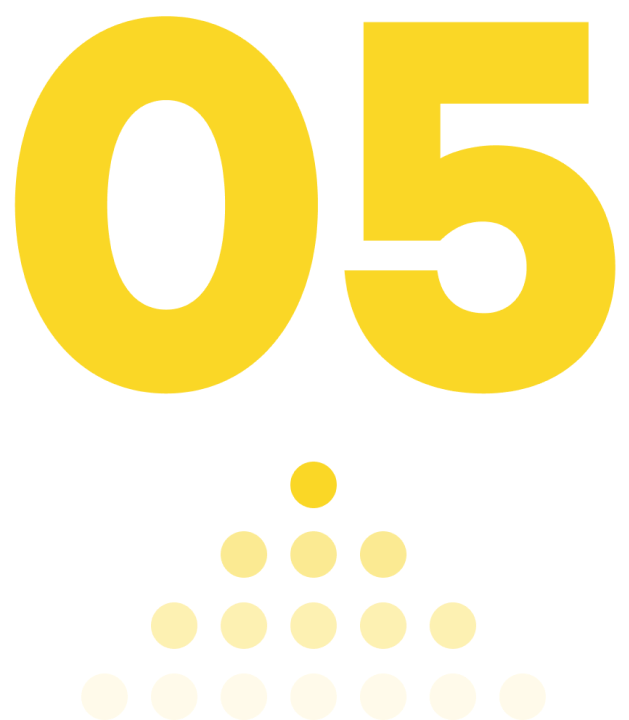Sales leadership is more than setting quotas and forecasting revenue. It’s about coaching and giving feedback. It’s about knowing what motivates your reps and providing the tools and resources they need to succeed.

Sales leadership is more than setting quotas and forecasting revenue.
It’s about coaching and giving feedback. It’s about knowing what motivates your reps and providing the tools and resources they need to succeed.
We are in a tough economic environment where deals are harder to close and 1 in 4 reps are thinking about quitting. Intentional, effective leadership is needed more than ever—according to Gartner, 61% of CSOs rated improving sales manager effectiveness a #1 priority in 2022.
Are sales leaders being intentional in their coaching and training? Are sales managers providing the tools, systems, and processes their teams need to succeed? That’s what we wanted to find out.
For this report, we surveyed over 200 sales leaders and sales managers about their coaching and training practices, the tech tools they provide to their teams, the systems and processes they implement, how they motivate their teams, and more. Almost 70% of respondents scored in the Medium tier, which means they have strong leadership skills but a lot of room for improvement.


Sales leaders are responsible for coaching their reps to success and provide the training to uplevel their skills.
78% of leaders provide specific skills training to their teams such as Sandler’s upfront contract, rapport building, objection handling, and closing.

The good: 83% of leaders meet with their reps at least once a week for personalized coaching and feedback.
The bad: Almost 30% say they use their 1:1s to talk about pipeline and CRM updates instead of strategy and coaching.


Here’s what to do:
When deciding between coaching your seller through a situation vs. giving them the answer, always choose coaching. Instead of telling them what to do or how to do it (which, spoiler alert, doesn’t really teach them anything), you get them to identify it themselves.

Michelle Pietsch
4x Sales Leader & Founding Partner, Minot Light Consulting

The productivity of your team relies in a big way on the decisions you make regarding the use of their time and the tech stack you provide. Are they required to spend too much time on admin tasks and other non-selling activities?
This is the weakest area for the leaders we surveyed.
80% of leaders have NOT assessed how much time their reps spend switching from tool to tool.

60% of leaders don’t limit the amount of internal meetings their reps can have per day.
53% said their reps spend one hour or more on admin tasks daily.


Here’s what to do:
P.S. See how Sales Leaders are using Dooly to empower their reps to consistently hit revenue goals and improve forecast accuracy.

You need systems, processes, templates, playbooks and more to scale your team and ensure consistent results.
82% of leaders have set up processes for their teams to follow with leads, prospects, and clients.

61% of teams use proven templates for their emails and calls.
71% said their reps update the CRM manually; only 29% have a system or tool to update it automatically (such as Dooly).


Here’s what to do:

Single threaded inside kills deals just as much as single threaded outside.
Sales success is tied to teamwork and alignment between every department in the organization, and it requires intentional action on your part. Marketers, sales managers, solutions engineers, and customer success just to name a few, can all help to accelerate the sales process by supporting your team’s efforts and adding new angles of attack.
79% of leaders say they are fostering collaboration in their teams, but 21% say their reps fly solo.

66% say they have a proven handover process (BDR to AE, AE to CS).



Here’s what to do:
If you’re not selling in a connected way, you either have a very transactional model or you’re probably leaving money on the table.

Kris Hartvigsen
CEO, Dooly

If your sales team is not having fun and enjoying their work and life, you’re doing something wrong. Great leaders look out for more than numbers.
42% of leaders say their reps frequently work over time.

91% say their reps have the freedom to build their own sequences (within a framework) and try new things.



Here’s what to do:
SOLUTIONS
COMPANY
REPORTS